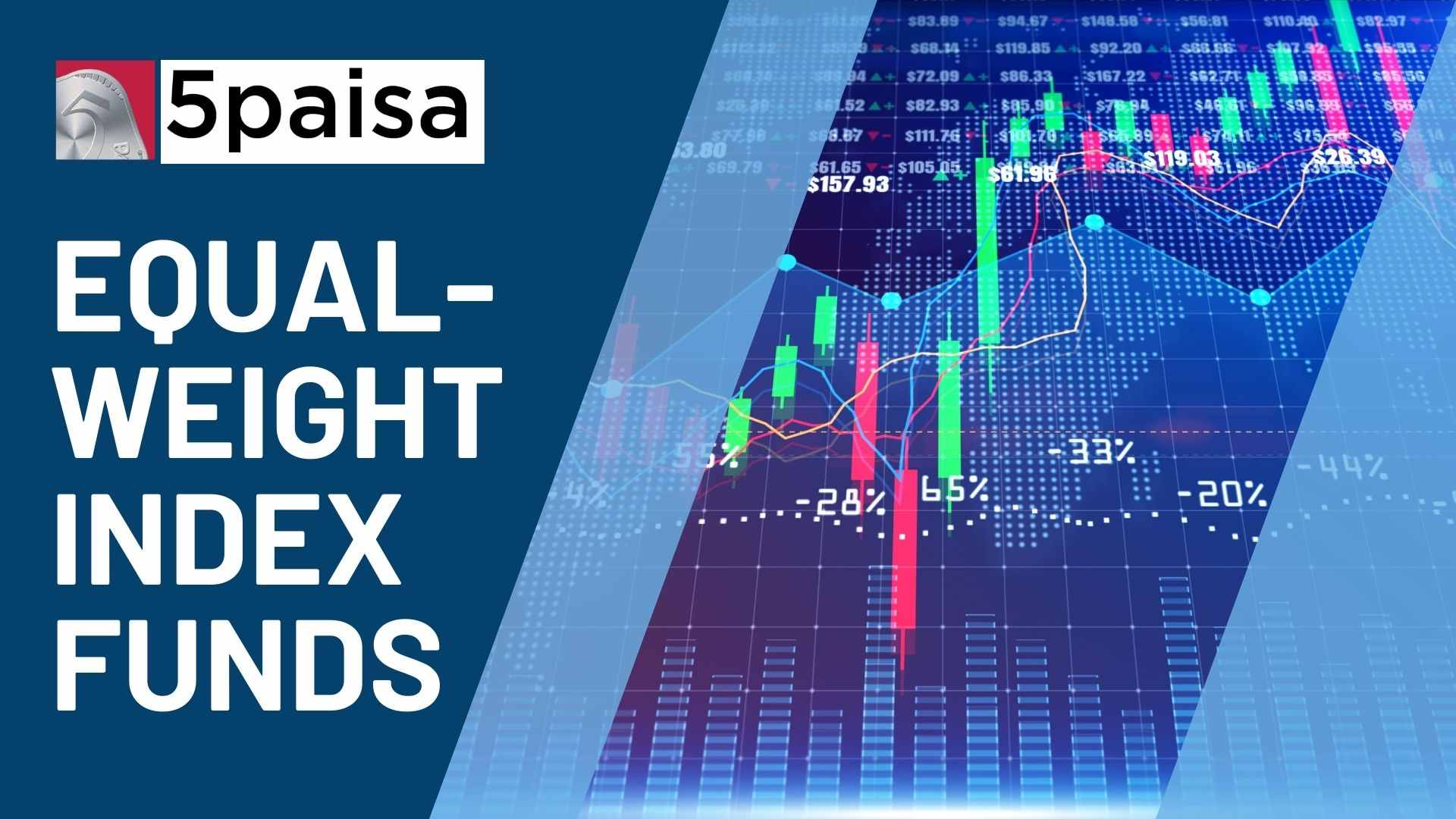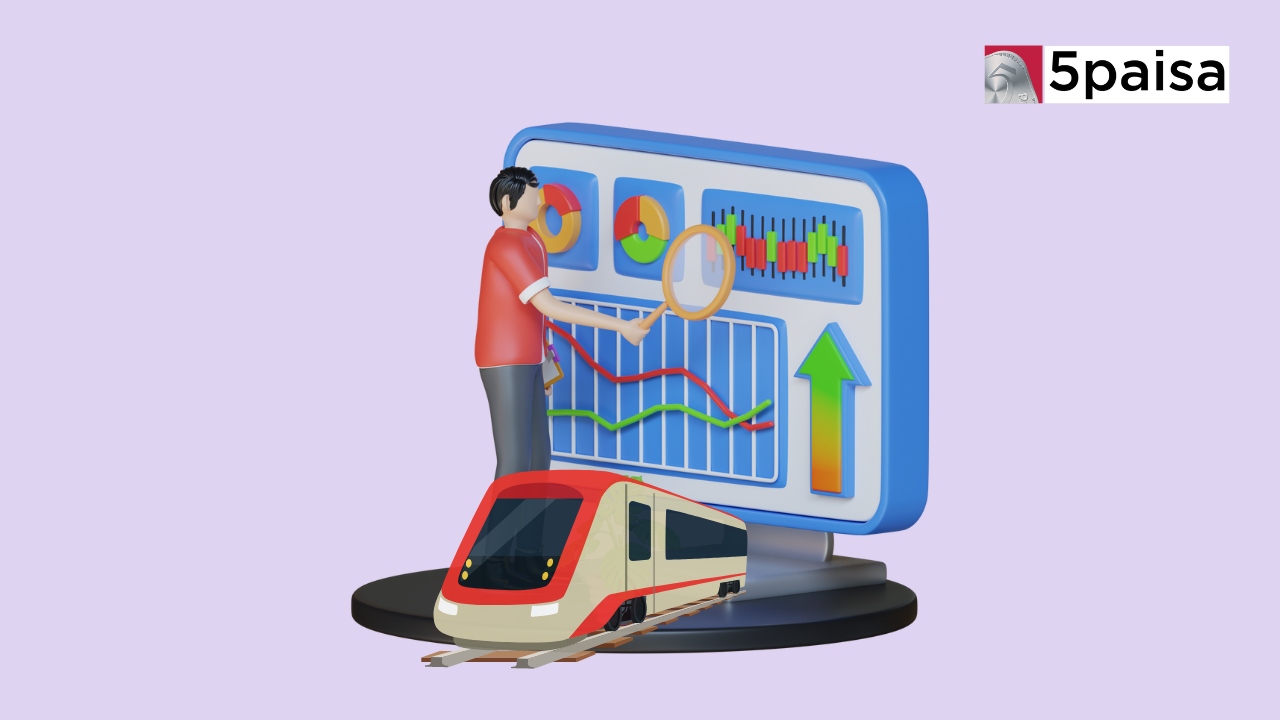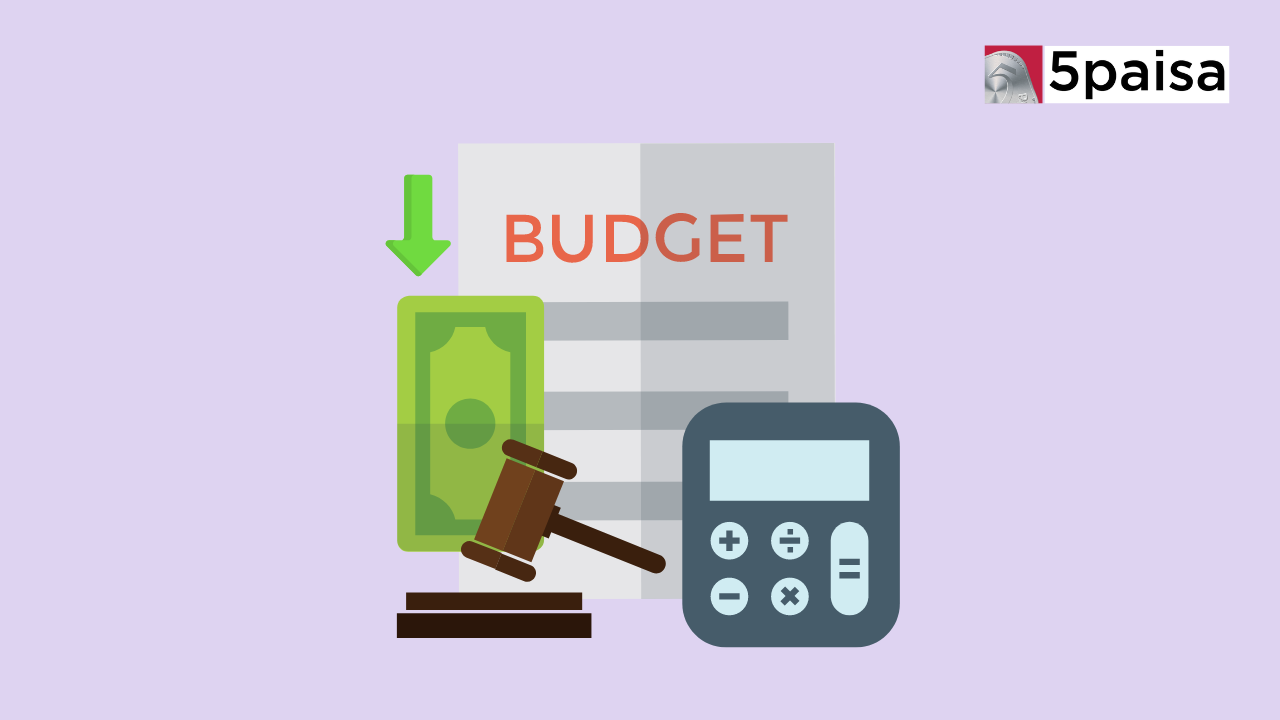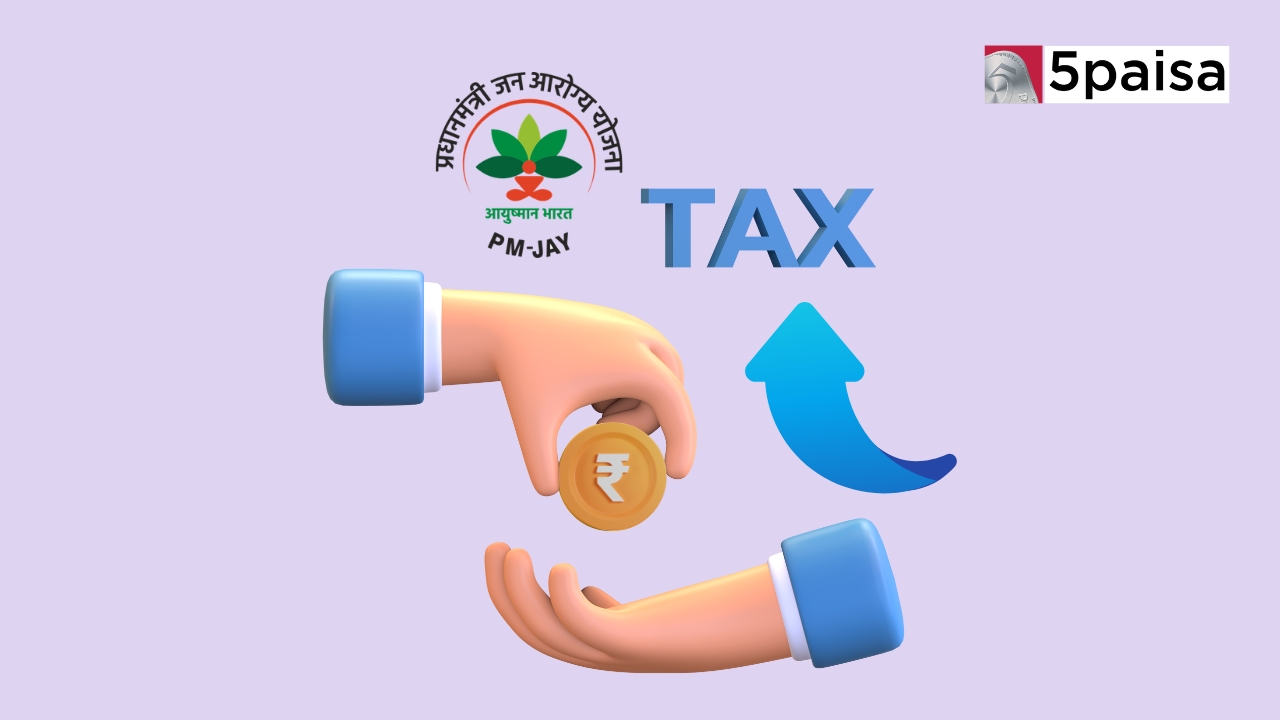Top 5 Railway Focused Mutual Funds to Boost Your Portfolio
What Is Equal Weight Index Funds?

Introduction
Equal-weight index funds treat every company in the index equally, in contrast to traditional market cap-weighted index funds that give larger businesses more weight. This results in a more well-rounded and diversified portfolio with the potential for higher long-term returns. The idea of equal-weighted index funds will be examined in this article, along with how they build portfolios and any potential benefits and drawbacks of investing in them. This article will let the readers know what are equal-weight index funds and whether equal-weight index funds are a good choice for their portfolio.
What are Equal-Weight Index Funds?
Equal-weight index funds meaning refers to a type of investment fund that equally distributes its holdings across all the securities within a particular index rather than weighting them by market capitalization. It is the case as opposed to conventional market cap-weighted index funds, which offer more importance to businesses with larger market capitalizations. An equal amount of money is allotted to each index business when creating an equal-weighted index fund. This results in a more balanced and diversified portfolio because smaller companies have the same impact on the index as larger companies.
Equal-weight index funds are made to reduce concentration risk while exposing investors to a wide selection of businesses across numerous sectors and industries. These funds are accessible to investors through mutual funds and exchange-traded funds (ETFs). These funds are often less expensive than actively managed funds, making them an affordable option for diversifying your portfolio.
Understanding Equal Weight Index Funds
An index fund that tracks an equal-weighted index of securities is known as an equal-weight index fund. Regardless of the company's size or market capitalization, every fund's stock or investment is given the exact weighting. The stock market capitalization-weighted index funds, which allocate a more significant percentage of the portfolio to equities with higher market capitalization, differ from this indexing method. Equal-weight index funds offer investors a diverse portfolio of stocks or securities from different industries and sectors, lowering the danger of concentration in any company or industry.
As the equal weight strategy ensures that smaller companies have the same impact on the portfolio as larger companies, this fund style also offers a more balanced exposure to the larger market. Equal-weight index funds often have cheaper fees and expenditures than actively managed funds. Equal-weight index funds also provide better returns over time because small and mid-cap companies have more room for expansion than their bigger rivals. It is crucial to remember that investing in equal-weight index funds does not ensure higher returns and that not all investors will be a good fit for the investment strategy. Before investing in an equal-weight index fund, investors should consider their investment objectives, risk tolerance, and the underlying index methodology.
Momentum vs Value
Value and momentum are two distinct investment philosophies applied while choosing stocks. Value investing seeks out stocks that are undervalued based on their underlying value. In contrast, momentum investing focuses on businesses that have demonstrated a significant rising trend in price over a specific period. While value investors think that occasionally the market undervalues firms, giving investors a chance to purchase them at a discount, momentum investors believe that equities that have recently performed well will continue to do so. Both approaches have benefits and drawbacks and could function differently depending on the market environment. When deciding between investments, it is crucial for investors to thoroughly analyze their investment objectives, risk tolerance, and the underlying fundamentals of the companies they are investing in.
Market-cap-weighted vs Equal-weight Indices
Equal-weight indices and market-cap-weighted indices are two different methods for building stock indices. Equal-weight indices give all companies in the index the same weight, whereas market-cap-weighted indexes give more weight to companies with higher market capitalizations. In an equal-weight index, each firm has an equal impact on the index performance; however, in a market-cap-weighted index, larger companies have a more significant effect on the index's overall performance. However, investors looking for exposure to bigger, more established companies may select market-cap-weighted indices, which are still more frequently employed. On the other hand, equal-weight indexes can appeal to investors looking for exposure to smaller businesses or a more diverse portfolio.
Advantages of Equal-Weight Index Funds
Compared to market-cap-weighted index funds, equal-weight index funds provide several advantages.
● Equal-weight index funds provide better diversity by ensuring each company, regardless of size, has an equal impact on the portfolio.
● This lessens the risk of concentration and can improve long-term performance.
● Investors are exposed to smaller businesses with more room for expansion than bigger businesses.
● These funds offer a more realistic reflection of the overall market due to their lack of large-cap company overweighting.
● Equal-weight index funds are a cost-effective investing alternative with lower fees than actively managed funds.
Disadvantages of Equal-Weight Index Funds
Equal-weight index funds have advantages but also drawbacks to consider:
● Rebalancing the portfolio to maintain equal weighting of each firm may result in higher turnover and transaction costs.
● Equal-weight indexes may also have tax consequences.
● These funds may be more volatile than market-cap-weighted index funds due to their overweighting of small businesses.
● Equal-weight index funds may perform better when larger businesses outperform smaller ones.
● It is important to evaluate the potential advantages and drawbacks of equal-weight index funds to determine whether they are a suitable investment choice.
● Another potential drawback of equal-weight index funds is that they may have higher expense ratios than market-cap-weighted index funds, as rebalancing the portfolio can be costly.
How Have Equal Weight Indices Performed?
In the past, equal-weight indices have done well, occasionally beating their market-cap-weighted equivalents. Due to their exposure to smaller companies with the potential for higher development than larger, more established companies, equal-weight indices have sometimes offered superior returns. Equal-weight index, however, may also underperform when more giant corporations control the market. Investors should carefully examine their investment goals and risk tolerance before investing in equal-weight index funds because previous performance is not a predictor of future outcomes. Equal-weight index funds may also have higher costs and require more frequent rebalancing, affecting overall performance.
Pros & Cons of Equal Weighted Indices
Pros
● Greater diversification since each index business has an equal influence on the portfolio, which lowers the risk of concentration and might improve long-term performance.
● Exposure to startups, which have higher growth potential than established businesses.
● Not favoring large-cap companies might provide a more accurate depiction of the entire market.
● They have lower costs and fees than actively managed funds, making investing in them more affordable.
Cons
● Compared to market-cap-weighted indexes, there is more turnover, which can increase transaction costs and have tax repercussions for investors.
● They might be more volatile than market-cap-weighted indices since they might be heavier on smaller companies and more prone to market volatility.
● It may fare poorly when more giant enterprises control the market.
● They may need rebalancing more frequently, which could affect how well they perform overall.
Build Your Equal Weight Index Fund
Investors can create their equal-weight index fund by acquiring each equity in identical amounts. Alternatively, they can use an online brokerage platform providing commission-free ETF trading. Investors can choose a broad market index, like the S&P 500, and then buy an equal number of shares of each of the underlying companies in the index to construct an equal-weight index fund. An equal-weighted index ETF, which currently offers exposure to a diversified portfolio of companies in an equal-weighted manner, is an additional option for investors. Creating an equal-weight index fund can provide investors with greater diversity, better long-term performance, and lower fees than actively managed funds.
Should You Invest in Equal-Weight Index Funds?
Equal-weight index funds have several benefits, including more exposure to smaller companies, greater diversification, and better long-term performance. Additionally, these funds could be a cost-effective investment choice for investors looking for a diverse portfolio. Equal-weight index funds do, however, have some potential drawbacks, including higher turnover, increased volatility, and underperformance when more prominent companies are in the market en masse. Before investing in equal-weight index funds, investors should carefully assess their investment objectives and risk tolerance. These funds might only be ideal for some investors, but they might be a good option for those who want minimal fees and broad market exposure. Before making any investment decisions, investors should always seek the advice of a financial professional.
Performance of Equal Weight Indices
1: Equal-Weighted Wilshire Large-Cap
An example of an equal-weighted index that monitors the performance of large-cap U.S. businesses is the Equal-Weighted Wilshire Large-Cap Index. Regardless of the market capitalization of each company, this index offers equal exposure to all of them. The S&P 500's market-cap-weighted cousin, the Equal Weighted Wilshire Large-Cap Index, has consistently beaten it. It is because equal-weighted indexes expose investors to tiny businesses, which have the potential to expand more than more established, larger firms. Equal-weighted indices, however, can be more volatile than market-cap-weighted indexes and may underperform at times when larger companies control the market. Therefore, it is vital to keep this in mind.
2: Equal Weighted S&P 500
Another example of an equal-weighted index that monitors the performance of the 500 largest U.S. corporations is the Equal Weighted S&P 500 Index. Regardless of the market capitalization of each company, this index offers equal exposure to all of them. Based on market capitalization, the standard S&P 500 Index has historically underperformed the Equal Weighted S&P 500 Index. It is due to the equal-weighted strategy, which gives smaller businesses (having more significant growth potential) more weight. However, equal-weighted indexes may also be more volatile and underperform when larger companies control the market, so it's crucial to keep that in mind. Before investing in equal-weighted index funds, investors should carefully assess their investment objectives and risk tolerance.
3: Equal-Weighted Sectors
Another equal-weighted index offers exposure to a particular industry, such as technology or healthcare, in an equal-weighted way. These indexes give investors a means to invest in a specific industry while minimizing the danger of concentration in a small number of large-cap corporations. The Guggenheim S&P 500 Equal Weight Technology ETF is one illustration; it offers equal exposure to 69 technology companies included in the S&P 500 index. Equal-weighted sector indexes have historically outperformed their market-cap-weighted counterparts over the long term, even though they can be more volatile and may perform worse when the market is choppy.
4: Equal-Weighted MSCI Indices
Equal-weighted MSCI indices track the performance of businesses in particular areas or nations, another sort of equal-weighted index. One illustration is the MSCI World Equal Weighted Index, which offers companies in 23 industrialized nations equal exposure. Due to their more significant exposure to smaller companies with better growth potential, equal-weighted MSCI indices have historically outperformed their market capitalization-weighted equivalents. They might, however, also be more erratic and underperform in times of market instability. Before investing in equal-weighted MSCI indices or any other kind of equal-weighted index, investors should carefully examine their investment objectives and risk tolerance.
Conclusion
Equal-weighted index funds are popular for investors looking for diversification and higher returns. These funds allow investors to invest in various businesses without becoming unduly reliant on the most significant equities. Equal-weighted index funds have consistently outperformed market cap-weighted funds, even though they may be more volatile. Before investing in an equal-weighted index fund, investors should consider their investment objectives, risk tolerance, and fund fees. In general, equal-weighted index funds can add value to a portfolio of diversified investments.
- Flat ₹20 Brokerage
- Next-gen Trading
- Advance Charting
- Actionable Ideas
Trending on 5paisa
Budget Related Articles
Disclaimer: Investment in securities market are subject to market risks, read all the related documents carefully before investing. For detailed disclaimer please Click here.
 5paisa Research Team
5paisa Research Team
 Sachin Gupta
Sachin Gupta




